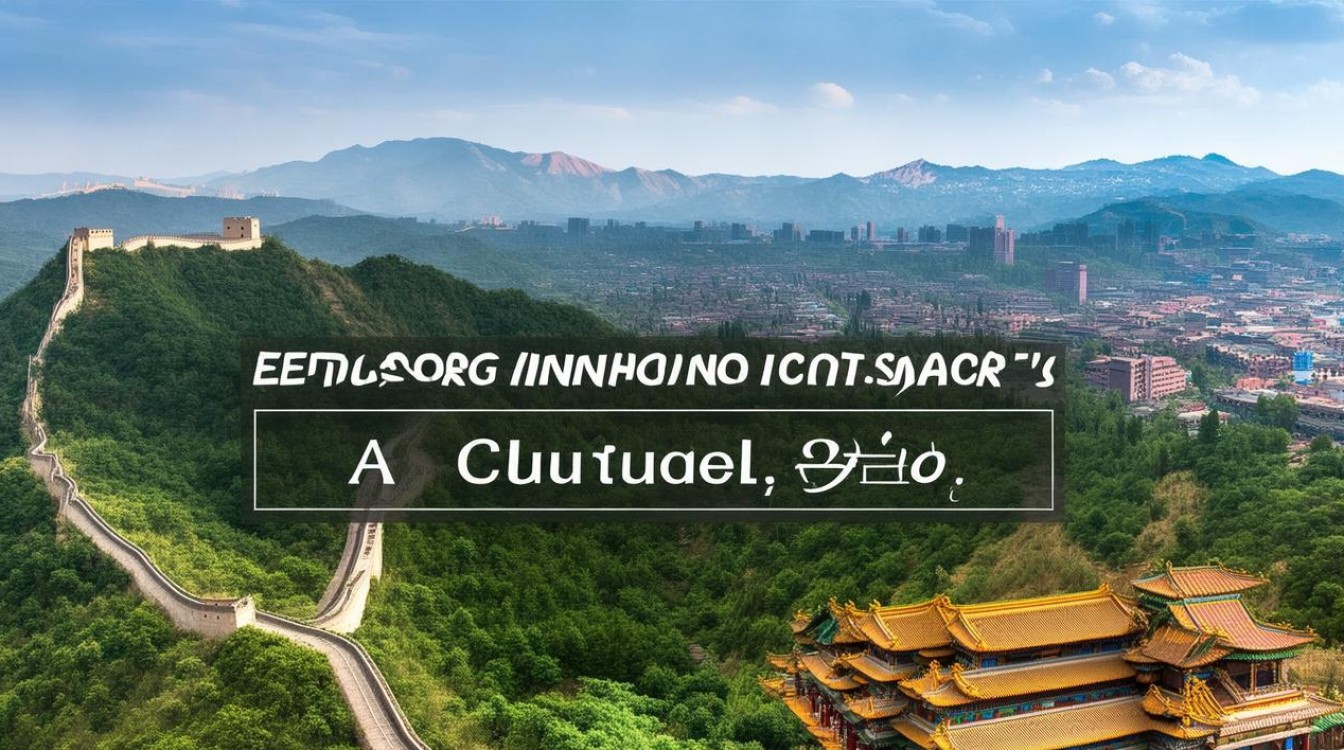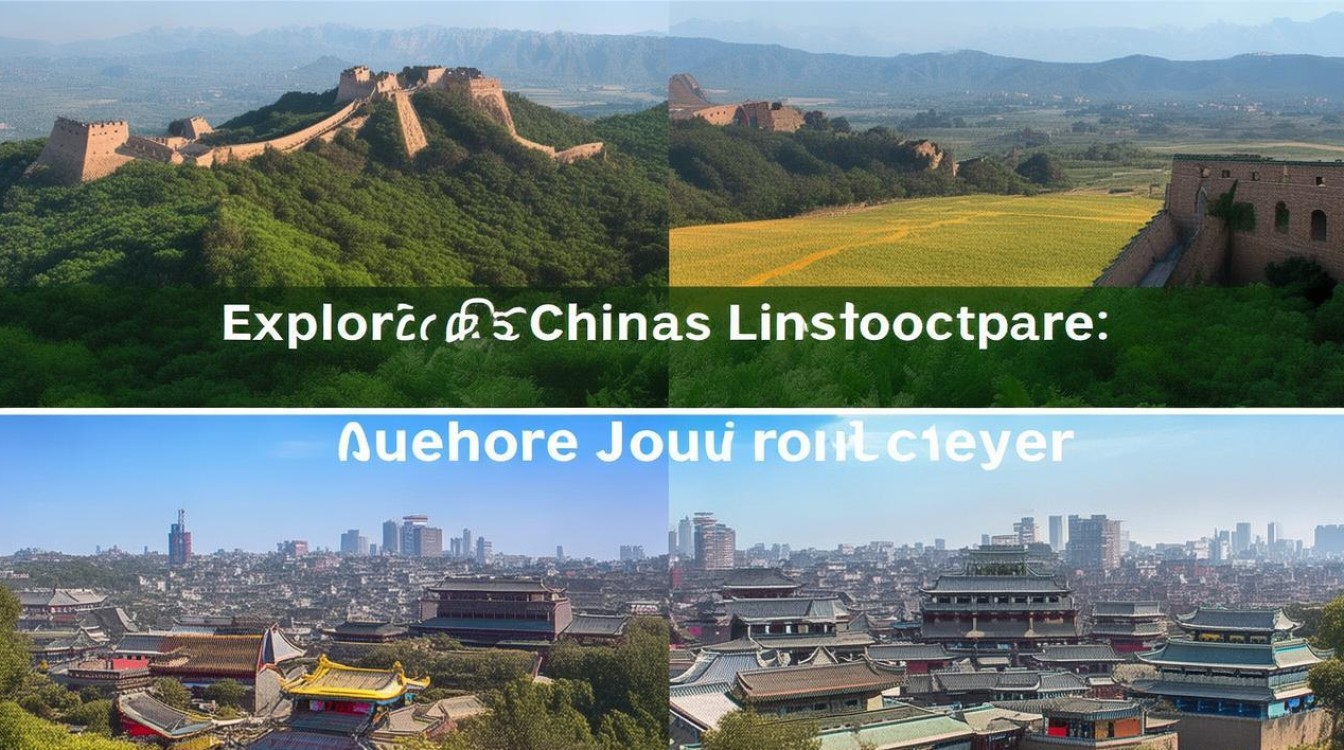China, a land of ancient civilizations and breathtaking landscapes, offers travelers an unparalleled blend of history, culture, and natural beauty. From the Great Wall winding across rugged mountains to the serene waters of the Li River, each destination tells a unique story. Here’s a curated guide to some of the country’s most remarkable sites, perfect for inspiring your next adventure.

The Great Wall: A Marvel of Human Ingenuity
Stretching over 13,000 miles, the Great Wall stands as a testament to China’s historical resilience. Built over centuries to protect against invasions, its most visited sections—Badaling, Mutianyu, and Jinshanling—offer awe-inspiring views. Walking along the ancient stones, visitors can imagine the labor of millions who shaped this UNESCO World Heritage Site. The wall’s strategic design, with watchtowers and steep gradients, reflects the brilliance of ancient Chinese military architecture.
For an immersive experience, hike the less-crowded Jiankou section, where wild, unrestored portions reveal the wall’s original grandeur. Sunset at Simatai transforms the structure into a golden ribbon, a photographer’s dream.
The Forbidden City: Imperial Splendor in Beijing
At the heart of Beijing lies the Forbidden City, a 600-year-old palace complex that served as the imperial residence for 24 emperors. With its vermilion walls and golden roofs, the site embodies traditional Chinese cosmology and power. The Hall of Supreme Harmony, once the throne room, showcases intricate wooden carvings and dragon motifs, symbols of the emperor’s divine authority.
Strolling through the palace’s 980 buildings, visitors encounter treasures like the Clock Exhibition Hall and the Palace of Tranquil Longevity. The adjacent Jingshan Park provides a panoramic view of the symmetrical layout, a masterpiece of feng shui principles.
The Terracotta Army: Guardians of an Emperor
Discovered in 1974 near Xi’an, the Terracotta Army is one of archaeology’s greatest finds. Over 8,000 life-sized soldiers, horses, and chariots stand in battle formation, crafted to accompany China’s first emperor, Qin Shi Huang, into the afterlife. Each figure boasts unique facial features, revealing the craftsmanship of the Qin Dynasty.

Pit 1, the largest excavation site, overwhelms with its scale, while Pit 3 offers a glimpse of the army’s command center. The nearby Qin Shi Huang Mausoleum remains mostly unexcavated, shrouded in mystery and modern-day ethical debates.
The Li River: A Painter’s Paradise
Guilin’s Li River epitomizes China’s poetic landscapes. Karst peaks draped in mist rise from emerald waters, inspiring centuries of ink paintings. A cruise from Guilin to Yangshuo passes iconic formations like Elephant Trunk Hill and Nine Horses Fresco Cliff.
For a quieter encounter, bamboo rafting along the Yulong River reveals rural life—water buffalo grazing, fishermen using cormorants, and farmers tending rice paddies. Yangshuo’s West Street, a blend of Chinese and Western influences, is ideal for savoring local dishes like beer fish and rice noodles.
The Potala Palace: Tibet’s Spiritual Heart
Perched atop Red Hill in Lhasa, the Potala Palace is a sacred symbol of Tibetan Buddhism. Originally built in the 7th century, it became the Dalai Lama’s winter residence. The White Palace, with its administrative quarters, contrasts with the Red Palace’s ornate chapels and gold-topped stupas.
Inside, the sacred atmosphere deepens with murals depicting Buddhist scriptures and the jewel-encrusted tomb of the Fifth Dalai Lama. Visitors acclimatizing to Tibet’s altitude can explore the Barkhor Pilgrimage Circuit, where devotees circle the palace in prayer.

Zhangjiajie: Avatar’s Floating Mountains
Zhangjiajie National Forest Park’s surreal quartzite pillars inspired the floating Hallelujah Mountains in Avatar. The towering formations, shrouded in clouds, are best viewed from the park’s glass-bottomed Skywalk or the Bailong Elevator, the world’s tallest outdoor lift.
Hikers can traverse the Golden Whip Stream, a lush canyon flanked by wildlife, or ascend Tianzi Mountain for sunrise vistas. The nearby Grand Canyon Glass Bridge offers thrills for adrenaline seekers.
The Bund: Shanghai’s Timeless Elegance
Shanghai’s Bund is a living museum of architectural styles, from Art Deco to Neoclassical. Once the financial hub of 1920s Asia, the waterfront now contrasts colonial-era buildings with the futuristic skyline of Pudong. Evening illuminations transform the area into a dazzling spectacle.
A Huangpu River cruise reveals this duality, while Yu Garden’s Ming Dynasty pavilions provide a tranquil escape. For modern art, the Power Station of Art rivals global galleries.
Hangzhou’s West Lake: A Poetic Retreat
Celebrated by poets like Su Shi, West Lake is a masterpiece of landscape design. Willow-lined causeways, pagodas, and lotus-filled bays change with the seasons. Leifeng Pagoda’s sunset views and the Lingyin Temple’s Buddhist carvings are highlights.

Tea enthusiasts can visit Longjing Village, where the finest green tea is cultivated. A boat ride to the Three Pools Mirroring the Moon isle completes the experience.
China’s landmarks are more than tourist destinations—they are windows into a civilization that has shaped humanity. Whether marveling at the Great Wall’s endurance or finding peace by West Lake, each site invites reflection on the past and present. As you plan your journey, remember that these places thrive when visited with respect for their cultural and environmental significance.

